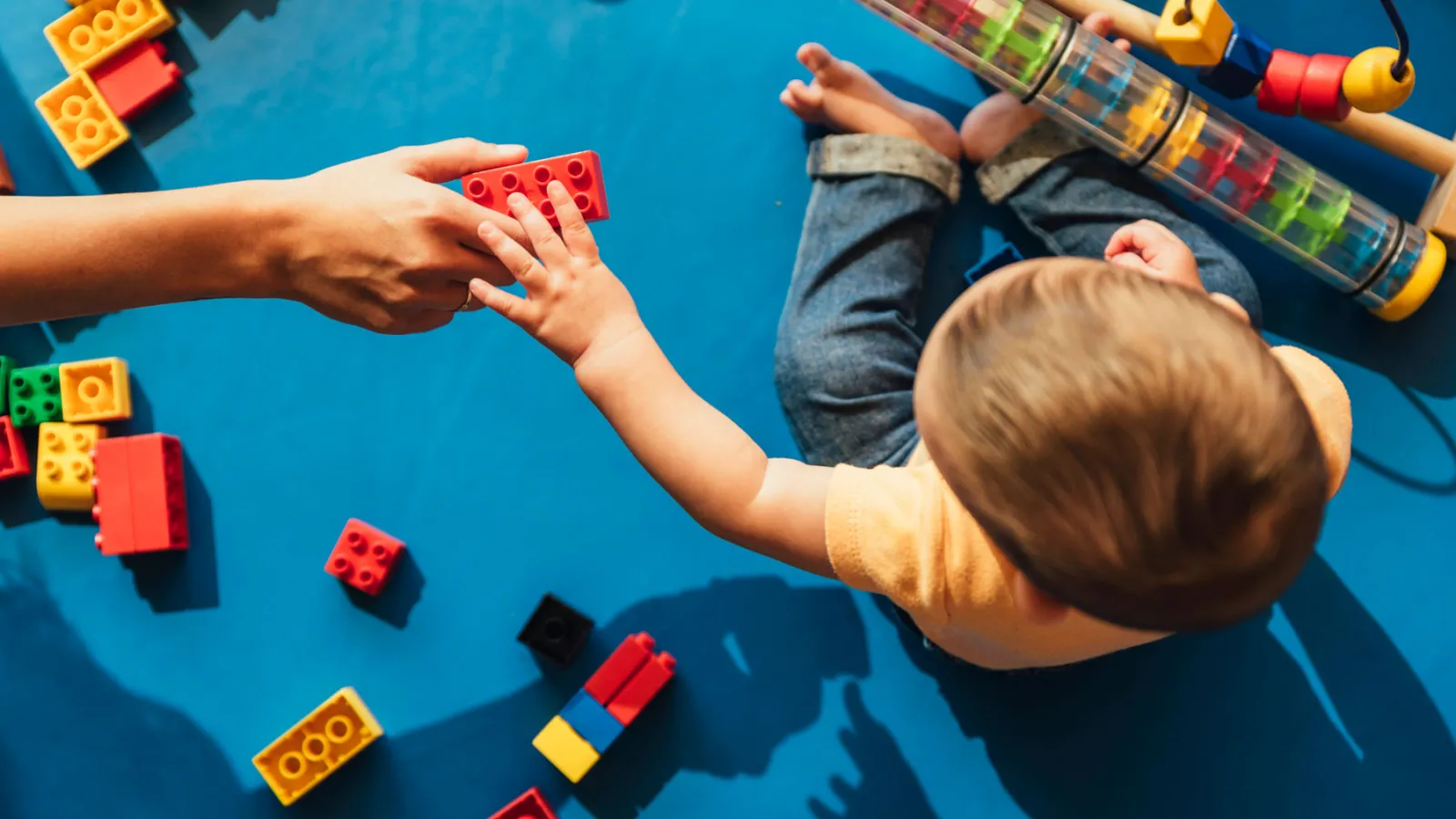Banner

Title
resources
Resource Library
Our Resource Library contains materials and assistance for early childhood educators and those they serve. Explore our selection of podcasts, tip sheets, websites, documents, and self-study courses.
Results: Page 14 of 54
| Resource Name | Description | Resource Type |
|---|---|---|
| Cómo prevenir la expulsión en el cuidado infantil (Preventing Expulsion in Child Care) | Estrategias para prevenir la suspensión y expulsión de niños con conductas desafiantes. Strategies to prevent suspension and expulsion of children with challenging behaviors. | Tipsheet |
| Crafts for Kids: Watercolor Ice Cube Painting | "Let’s paint! Did you know that you can use ice cubes to paint? It makes for easy clean up, too. Kids can embrace their artistic side and learn how to make and mix ice with different colors to create their own visual masterpiece." Enjoy this video from the Boston Children's Museum. | Website |
| Creación de un Entorno de Juego Enriquecido (Creating a Rich Play Environment) | Uno de los papeles de un profesional del cuidado infantil y la educación temprana es el del arquitecto del entorno en el que los niños juegan y aprenden. Las siguientes son algunas estrategias para crear un entorno enriquecido para el juego. One of the roles of a childcare and early education professional is that of the architect of the environment in which children play and learn. The following are some strategies for creating an enriched play environment. | Tipsheet |
| Creating an Inclusive Child Care Environment | We must treat all children equally, talk positively about all children, and help them develop non-biased feelings. The most effective way to help children accept a child with a disability is to create a positive atmosphere of acceptance of all children. This Tip Sheet offers strategies to help. | Tipsheet |
| Creating Positive Experiences for Your Infant | By:Robert Sege, MD, PhD, FAAPThe first year of life is filled with major growth and development. It is easy to see how the baby in your arms becomes the babbling baby pulling up, giggling, laughing and trying to walk and talk! Infants also develop emotionally as they begin to learn about the world of people. | Website |
| Culturally Sensitive Care: Six Essential Program Practices | High-quality relationship-based care is central to children’s early brain development, emotional regulation, and learning (Center on the Developing Child, 2012). One of the Program for Infant/Toddler Care (PITC) six essential program practices for promoting these goals is the use of culturally sensitive care (PITC, n.d.). | Document |
| Curriculum from the Perspective of Infants and Toddlers: Part One | In Part 1 of this three part series of podcasts on infant and toddler curriculum, Cindy Croft, Priscilla Weigel and Beth Menninga discuss unique aspects of infant and toddler learning. | Podcast |
| Curriculum from the Perspective of Infants and Toddlers: Part Three | In part 3 of this three part series of podcasts on infant and toddler curriculum, Cindy Croft, Priscilla Weigel and Beth Menninga describe three important learning contexts and the use of a cycle of planning, observing and adapting to implement curriculum. | Podcast |
| Curriculum from the Perspective of Infants and Toddlers: Part Two | In Part 2 of this three part series of podcasts on infant and toddler curriculum, Cindy Croft, Priscilla Weigel and Beth Menninga describe how three key developmental tasks can inform curriculum planning. | Podcast |
| DADS MATTER: THE ROLE OF THE FATHER IN CHILD DEVELOPMENT AND WHAT MOMS CAN DO TO HELP DADS SUCCEED | "In the early months of a child’s life many dads struggle to find their role in caring for the baby and supporting mom through those exhausting days and nights. And sometimes we moms send messages, subtle and not-so-subtle, that dad just can’t measure up to our standards of care. But, in the long run, everyone will win (mom, dad, child) if dad is fully engaged as a caregiver. Andre Dukes, Vice President of Family and Community Impact Programs at Northside Achievement Zone in Minneapolis, joins Marti & Erin [in this Mom Enough podcast episode] to discuss the role of the father in child development, the benefits of father involvement throughout a child’s life and what we all can do to help men be the dads their children need. | Website |
Results: Page 14 of 54